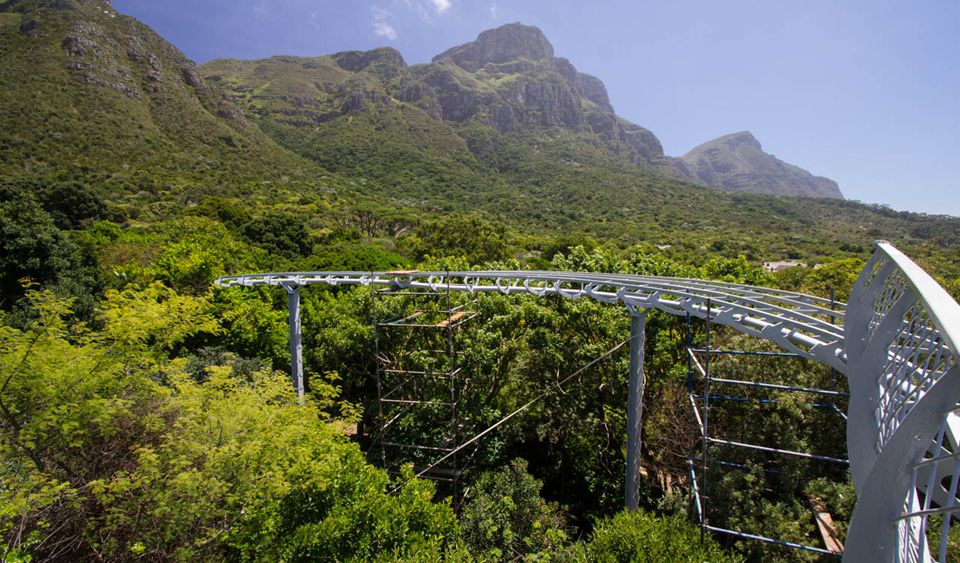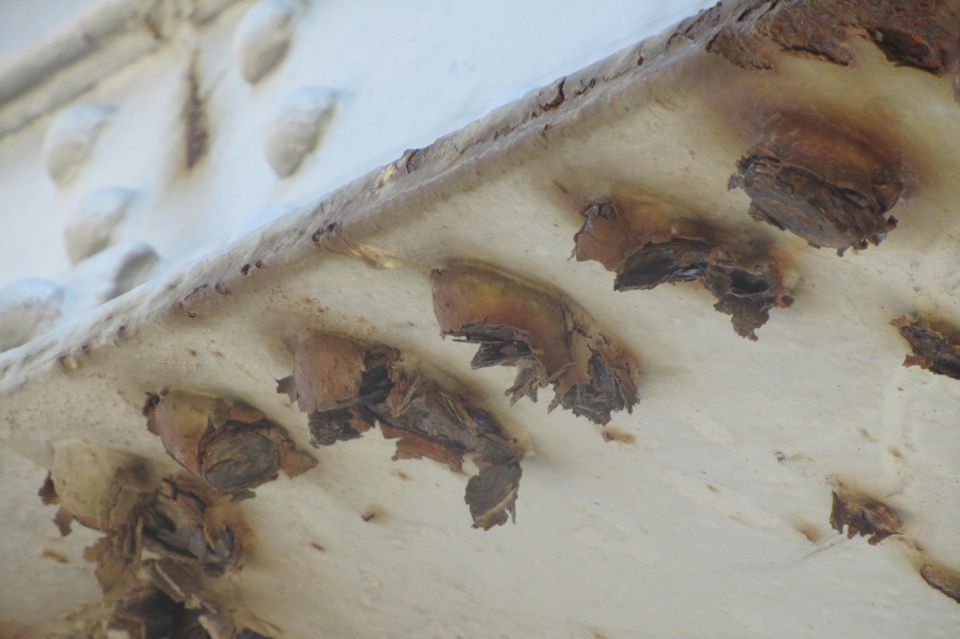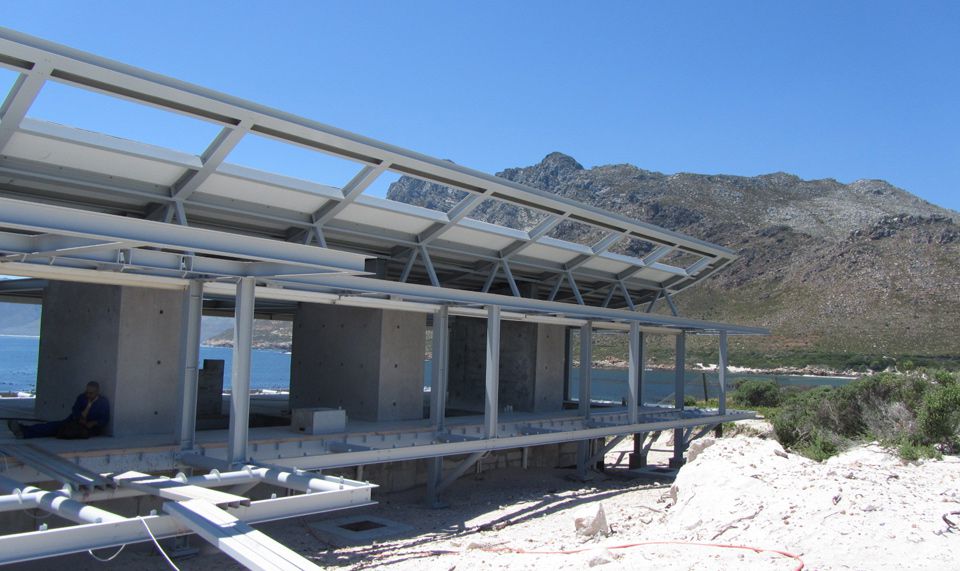South Africa has a coastline of over 2,850 kilometres and an extensive, complex and vastly expensive infrastructure has developed along the coast over the past 100 years. This ranges from luxury houses at coastal holiday resorts and quaint villages, to rail and industrial infrastructure in the form of warehouses, cranes, electrical pylons and structural steel. The bulk of this hugely costly infrastructure is concentrated up the west coast at Saldanha Bay, around Cape Town, along the Garden Route, at smaller cities such Port Elizabeth and East London, around the Durban metropolis and at the Richards Bay coal terminal.
Billions of rands have been invested at the coast over the past 50 years in structural steel, power line masts, roofing, water treatment plants, wastewater process units, cladding of factory structures, luxurious housing with architecturally designed features and expensive roof sheeting. Can these assets and investments actually weather the elements and last long enough to ensure a good return on investment for home and business owners and municipalities?
In truth, South Africa’s coastal infrastructure is a mix of good and bad design, and in some cases, poor steel protection. Consulting engineers and designers seem to need intensive education on the important role that zinc hot dip galvanised steel can play in ensuring a long life (+30 years) for exposed structural steel and other steel fixtures.
In South Africa with our long and very corrosive coastline, it is absolutely vital that civil engineers, consulting engineers and architects utilise hot dip galvanised steel structures and even galvanised reinforcing steel in concrete structures exposed to coast salt spray and sea spray.
It’s the chlorides in sea spray and sea mist that corrode steel more than anything else. This puts South Africa’s coastal infrastructure at high risk and we have to inform and impress on design engineers how critical it is to use galvanised steel (as well as aluzinc) and galvanised roof sheeting to keep the chlorides out.
There is no need for coastal steel infrastructure to be damaged by chloride corrosion and sea water corrosion if the right materials are used to build structures, roofing or steel items. The South African Bureau of Standards (SABS) offers a range of normative standards for working with hot dip galvanising of steel.
 |
The most effective way to protect coastal infrastructure is to use what we call a duplex coating system, where the steel is first hot dip galvanised to SANS 121 standard and then overcoated with multiple layers of organic paint. This not only offers effective corrosion protection in highly corrosive coastal environments but also offers the designer the choice of an aesthetically attractive paint colour.
It is very difficult to accurately quantify the risk that South African coastal infrastructure faces from the elements. However the fall in the quantity of zinc imported into South Africa between 2015 and 2018, by nearly 54,000 metric tons, is a good indicator. While part of that drop is down to the state of the South African economy, it may also be evidence that some are skimping on galvanising in favour of organic paints. While these paints have their role in a duplex system, they are not sufficient to ward off sea spray on their own. Over time, coastal steel that’s only been painted will fail and rust far sooner than a hot dip galvanised and painted steel structure.
The infrastructure around the South African coast is subjected to differing corrosion progressions due to localised meteorological conditions which result in different rates of corrosion of steel and zinc.
Much of the coastal environment within two to three kilometres of the sea up the West Coast is highly corrosive, as are parts of the Cape Peninsula and around the Durban Harbour area. Things aren’t much better in Port Elizabeth, East London and Richards Bay and the risk is high that coastal infrastructure in these locations will rapidly corrode and become seriously damaged.
Not only is structural steel at risk, but also roof sheeting, cladding and bolts used to secure roof sheeting and steel structures.
 |
I cannot emphasise enough how vital it is for designers and consulting engineers to specify hot dip galvanised bolts with +60 microns of zinc coating as opposed to electroplated bolts with 12 microns of zinc coating for all South African coastal installations.
When it comes to roof sheeting, meanwhile, civil engineers and consultants must select continuously galvanised roof sheet or cladding with special coating systems designed for the highly corrosive environments, such as aluzinc or galvalume with tough UV (ultraviolet) resistant and corrosion resistant organic coating systems over the zinc or aluminium-zinc layer applied to the steel sheet.
There are concerns that with the current severe economic downturn in South Africa, new project clients and clients looking for building upgrades or refurbishment may be tempted to seek a cheap solution and go for just a painted steel structure. However, the use of zinc hot dip galvanised steel, or the correct grade of continuously galvanised steel topped over with a resilient organic coating, or coated aluzinc sheeting, will all lower the corrosion risk to coastal infrastructure.
It’s therefore vital that civil engineers, consulting engineers and architects specify zinc hot dip galvanised steel and bolts according to SANS 121, duplex coating systems, and suitable continuously galvanised roof sheeting capable of withstanding highly corrosive environments near the sea. All of these materials are designed to lower the corrosion risk to coastal infrastructure, prolong the life of steel near the sea, and ensure a good return on investment.



